Catalysis Science & Technology was delighted to sponsor a poster prize at the International Symposium on Relations between Homogeneous and Heterogeneous Catalysis in Berlin in September.
The prize was awarded to Carolin Ziebart from the Leibniz-Institut für Katalysee.V., Rostock, Germany. The winning poster was entitled ‘Homogeneous catalyzed Hydrogenation of Bicarbonates and Carbon Dioxide to Formates, Alkyl Formates and Formamides with a well-defined Iron Catalyst’.
Congratulations to Carolin who works in Ralf Jackstell’s group, on homogenous catalysed carbon dioxide hydrogenation with non-noble metals.
A summary of the meeting can be found here: http://www.ishhc15.de/
Read our earlier blog to find out more about the meeting.












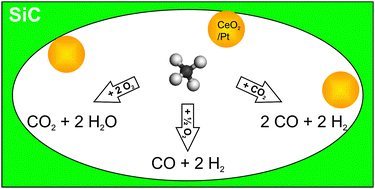 Stefan Kaskel and team look at the partial oxidation and dry reformation of methane using a ceria/platinum catalyst on a silicon carbide support in this Catalysis Science & Technology Hot article.
Stefan Kaskel and team look at the partial oxidation and dry reformation of methane using a ceria/platinum catalyst on a silicon carbide support in this Catalysis Science & Technology Hot article.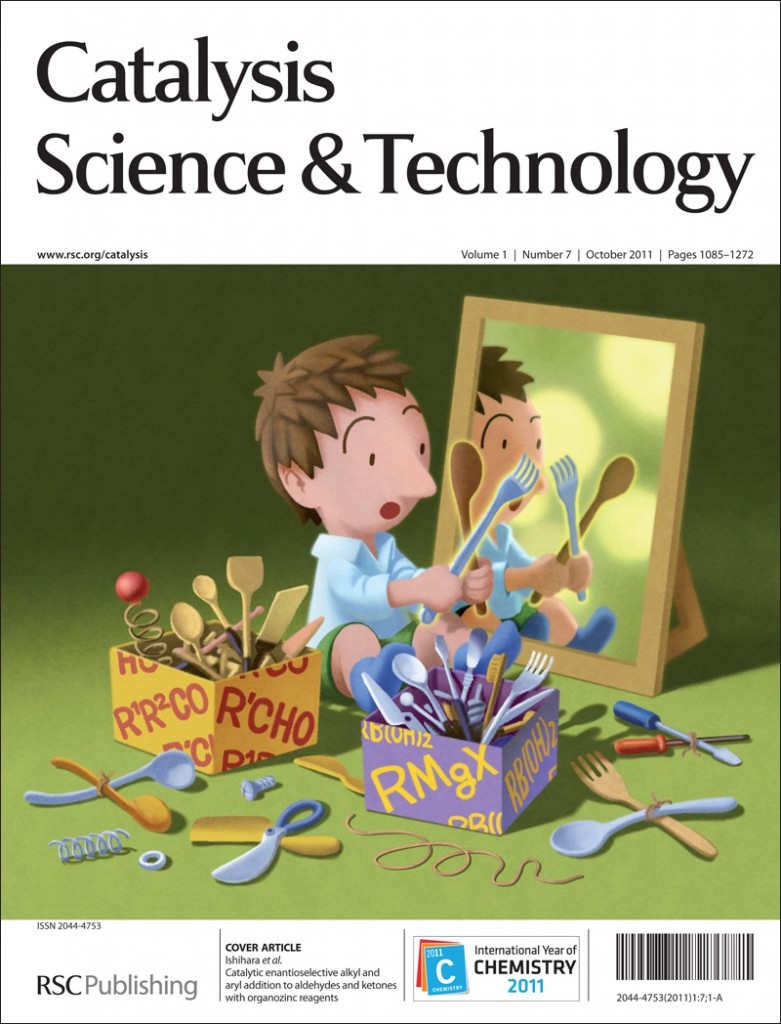
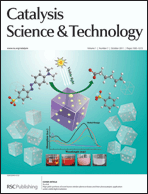
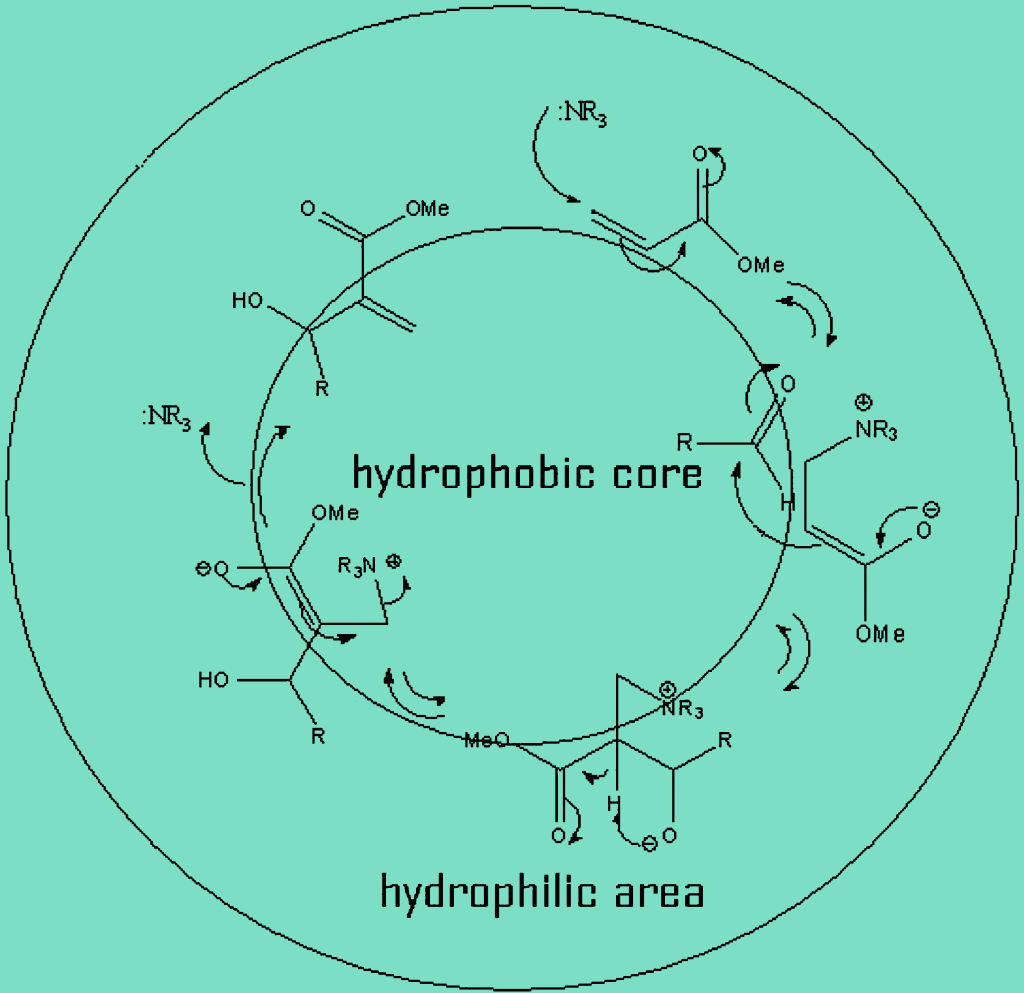
 Bruce Gates and colleagues from the University of California look at the conversion of lignin-derived bio-oils by a platinum-aluminium oxide catalyst in this Catalysis Science & Technology Hot article.
Bruce Gates and colleagues from the University of California look at the conversion of lignin-derived bio-oils by a platinum-aluminium oxide catalyst in this Catalysis Science & Technology Hot article.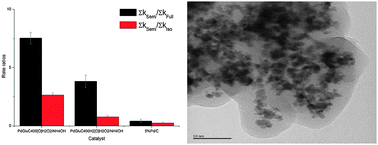 This Catalysis Science & Technology Hot article showcases a collaboration between the University of Oxford and Johnson Matthey where they make a palladium catalyst with interstitial carbons for fine chemical catalysis in the liquid phase.
This Catalysis Science & Technology Hot article showcases a collaboration between the University of Oxford and Johnson Matthey where they make a palladium catalyst with interstitial carbons for fine chemical catalysis in the liquid phase. In this Catalysis Science & Technology Hot article Houshang Alamdari and colleagues from the University of Laval, Canada, use a mechanosynthesis technique to make nanocrystalline hexaaluminate-type mixed oxides for use as heterogeneous catalysts.
In this Catalysis Science & Technology Hot article Houshang Alamdari and colleagues from the University of Laval, Canada, use a mechanosynthesis technique to make nanocrystalline hexaaluminate-type mixed oxides for use as heterogeneous catalysts.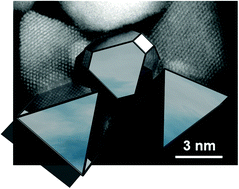 In this Catalysis Science & Technology Hot article Amanda Barnard and colleagues present the first nanoscale phase diagram of colloidal nanoparticle catalysts made of platinum.
In this Catalysis Science & Technology Hot article Amanda Barnard and colleagues present the first nanoscale phase diagram of colloidal nanoparticle catalysts made of platinum.
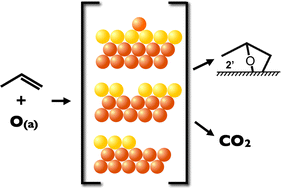 Cynthia Friend and colleagues at Harvard University look at how propene bonds and reacts on the surface of gold in this Catalysis Science & Technology paper.
Cynthia Friend and colleagues at Harvard University look at how propene bonds and reacts on the surface of gold in this Catalysis Science & Technology paper.